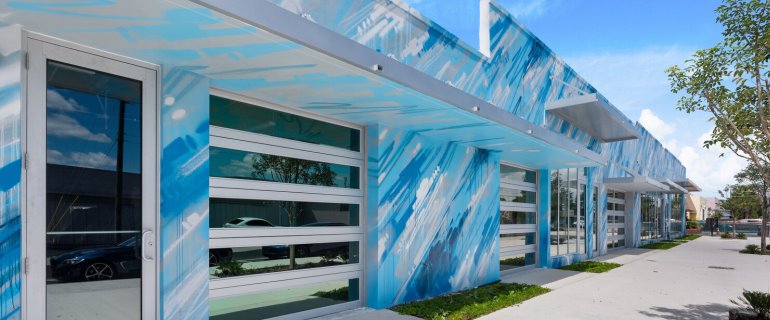Bigger is better when it comes to South Florida industrial leases.
Across Miami-Dade, Palm Beach and Broward counties, major retailers and shipping services like Target and FedEx leased 2.8 million square feet of industrial space in the largest leases of 2022, far outstripping last year’s total of 2.2 million square feet.
Amazon was notably absent from this year’s roundup of the top 10 leases. The e-commerce giant clinched three of the top 10 spots last year. In May, news broke that Amazon sought to sublease at least 10 million square feet of its existing space — a reversal from its pandemic-era practice of gobbling up as much space as possible.
The average lease size of the top five leases this year came to 362,000 square feet, which is above last year’s 258,530 square feet, but still below 2019’s average of 449,000 square feet.
Here’s a breakdown of the top five industrial leases signed this year in South Florida.
Imperial Bag & Co., Hialeah, 506K sf
Five out of the top 10 largest leases were inked for properties in Hialeah, with New Jersey-based Imperial Bag & Paper Co. (ImperialDade) taking the top spot, both in Hialeah and overall. In the second quarter, company representatives signed a lease for 506,000 square feet at Countyline Corporate Park on Northwest 102nd Avenue in Hialeah. The company distributes janitorial supplies and food service packaging.
FedEx Ground Package System, Medley, 501K sf
FedEx leased 501,000 square feet in Medley in the first quarter. It’s the only non-Hialeah lease in the top five. The shipping behemoth took over one of the warehouses at Miami 27 Business Park at 10300 Northwest 121st Way, according to published reports. FedEx has long been interested in South Florida industrial properties. Last year, Industrial Outdoor Ventures outbid FedEx for the 38.5-acre site at 3055 Burris Road in Miami. The winning bid was $64M.
FreezPak Logistics, Hialeah, 312K sf
FreezPak Logistics took this year’s third largest lease at the same Countyline Corporate Park in Hialeah as Imperial Bag & Co. It signed a lease for 312,000 square feet in March. This is the first South Florida location for the New Jersey-based cold and dry-storage provider.
World Electric/Sonepar, Hialeah, 267K sf
In the fourth spot, World Electric leased 266,760 square feet at Beacon Logistics Park at 4220 West 91st Place in Hialeah during the first quarter. A subsidiary of South Carolina-based Sonepar, North Miami Beach-based World Electric in September announced it inked a deal to acquire Advance Electrical to increase the company’s presence in Atlanta. The company specializes in business-to-business electrical services and equipment.
All Florida Paper, Hialeah, 227K sf
Medley-based All Florida Paper signed the fifth largest lease of the year, during the third quarter. It took 227,700 square feet at Beacon Logistics Park at 4120 West 91st Place in Hialeah. All Florida Paper is a wholesale distributor founded in 1993, according to the company’s website.
Source: The Real Deal




